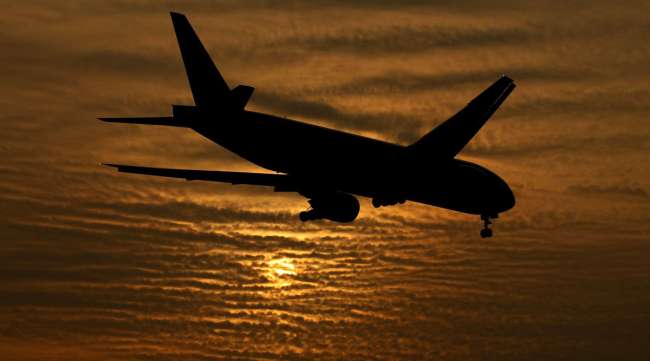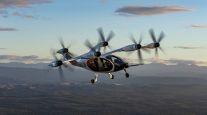China’s Air Travel Rebound Stalls on Lack of Leisure Demand

[Ensure you have all the info you need in these unprecedented times. Subscribe now.]
A recovery in demand for flights within China is stuck at about 45% of pre-coronavirus levels as people continue to shun leisure trips after the outbreak.
Around 35,000 domestic flights are operating each day in the Asian nation, compared with 80,000 before the COVID-19 crisis, according to the International Air Transport Association. The figure has been stalled at that point since early March, when services resumed as cases of the disease tumbled.
While air travel in China has picked up after a return to work, a jump in business confidence and the resumption of journeys to visit friends and family, there’s been no resurgence in the vital tourism market, IATA Chief Economist Brian Pearce said April 21 on a conference call. That’s worrying for airlines, suggesting there’ll be no quick rebound from the virus, he said.
Pearce said trends in Australia and the U.S. appear even bleaker, showing no recovery in domestic demand even as infection rates drop, with a return to travel inhibited by both health concerns and the increasing impact on the economy.
An IATA-commissioned survey of recent travelers highlights those worries, with 40% of respondents saying they could wait six months or more to fly again after the containment of the pandemic.
The trade group said governments will need to work with airlines to boost passenger confidence.
Alexandre De Juniac, CEO of IATA, said wearing face masks on planes might help reassure some people, while raising concerns about at-airport health checks and so-called coronavirus-free passports, which he said would be hard to implement and damaging to the quick-turnaround models of low-cost carriers in particular.
De Juniac said keeping middle-row seats empty to allow for social-distancing, as touted in some quarters, also would be challenging. The move would reduce maximum seat occupancy on shorthaul flights to 66%, yet the break-even point on such trips is above 70%. Airlines might respond by pushing up prices to maintain a margin, but that could in turn put off more travelers.
Want more news? Listen to today's daily briefing:




